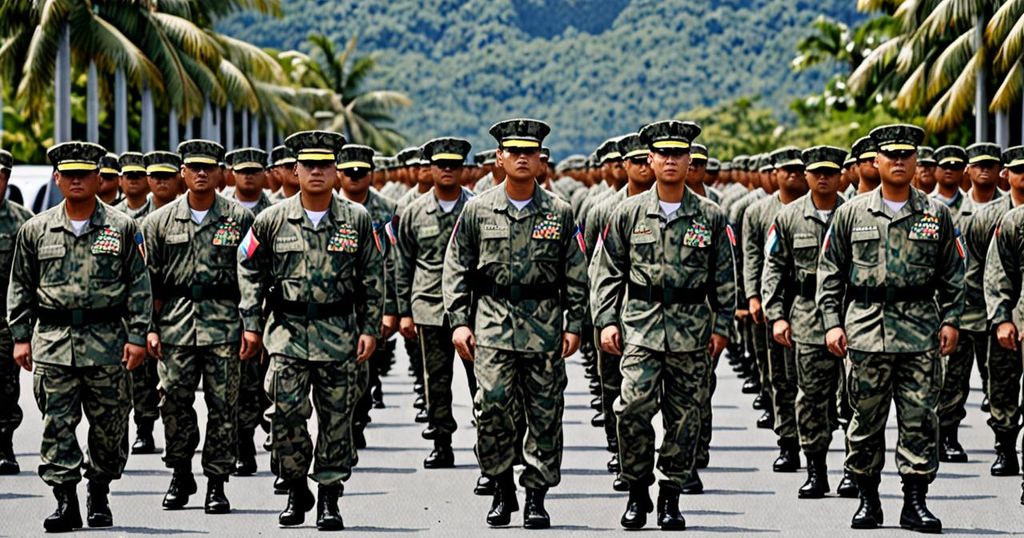China’s recent aggressive actions in the South China Sea have intensified the longstanding dispute between the Philippines and Beijing over the Second Thomas Shoal. The use of “gray zone tactics” by China in its dealings with the Philippines has raised concerns about the effectiveness of the U.S.-Philippines Mutual Defense Treaty (MDT) in deterring Chinese incursions.
The latest incident involving the seizure of two Filipino ships by the Chinese coast guard has sparked debates about the limitations of the MDT in addressing escalating tensions in the region. Analysts have highlighted the significance of the U.S. response to China’s provocations as a reflection of American deterrence capabilities in the South China Sea.
The ambiguous nature of the commitments outlined in the MDT has come into question, particularly in light of China’s strategic maneuvers to avoid triggering an armed conflict while asserting its claims in the disputed waters. The use of coercive tactics, such as water cannons and vessel ramming, by China has posed a challenge to the traditional understanding of an “armed attack” under the defense pact.
Policy experts have emphasized the need for a more robust interpretation of the MDT to address the evolving nature of security threats in the South China Sea. The recent clash at the Second Thomas Shoal has prompted discussions about the criteria for invoking mutual defense obligations and the parameters of an “armed attack” within the scope of the treaty.
While the U.S. and the Philippines have reaffirmed their defense cooperation through bilateral defense guidelines, concerns remain about the clarity and effectiveness of the measures in deterring Chinese aggression. The Philippines’ restrained response to the recent incident has underscored the complexities of navigating the delicate balance between seeking U.S. reassurance and avoiding unintended escalation in the region.
In response to China’s actions, the Philippines has signaled its intent to enhance its own deterrence capabilities and bolster its defense posture in the South China Sea. The commitment to continue resupply missions to the Second Thomas Shoal reflects Manila’s determination to assert its sovereignty in the face of Chinese encroachments.
The strategic implications of China’s assertiveness in the South China Sea extend beyond the bilateral dispute with the Philippines. The evolving security dynamics in the region have heightened the stakes for the U.S. and its allies, with growing concerns about the implications of China’s aggressive tactics on the broader security architecture in Asia.
As China seeks to consolidate its territorial claims and challenge established international norms, the U.S. and its regional allies are closely monitoring the developments in the South China Sea. The potential ramifications of the U.S. response to China’s provocations are being assessed in the context of broader geopolitical alignments and security partnerships in the Indo-Pacific region.
The Second Thomas Shoal serves as a microcosm of the complex geopolitical dynamics at play in the South China Sea, with implications for regional security and stability. The need to uphold international law and maritime norms in the face of growing assertiveness by China has emerged as a critical challenge for the U.S. and its allies in the region. As the Indo-Pacific continues to be shaped by strategic competition and evolving security threats, the U.S.-Philippines defense pact faces a crucial test in navigating the complexities of managing China’s assertive actions in the South China Sea.

Leave a Reply